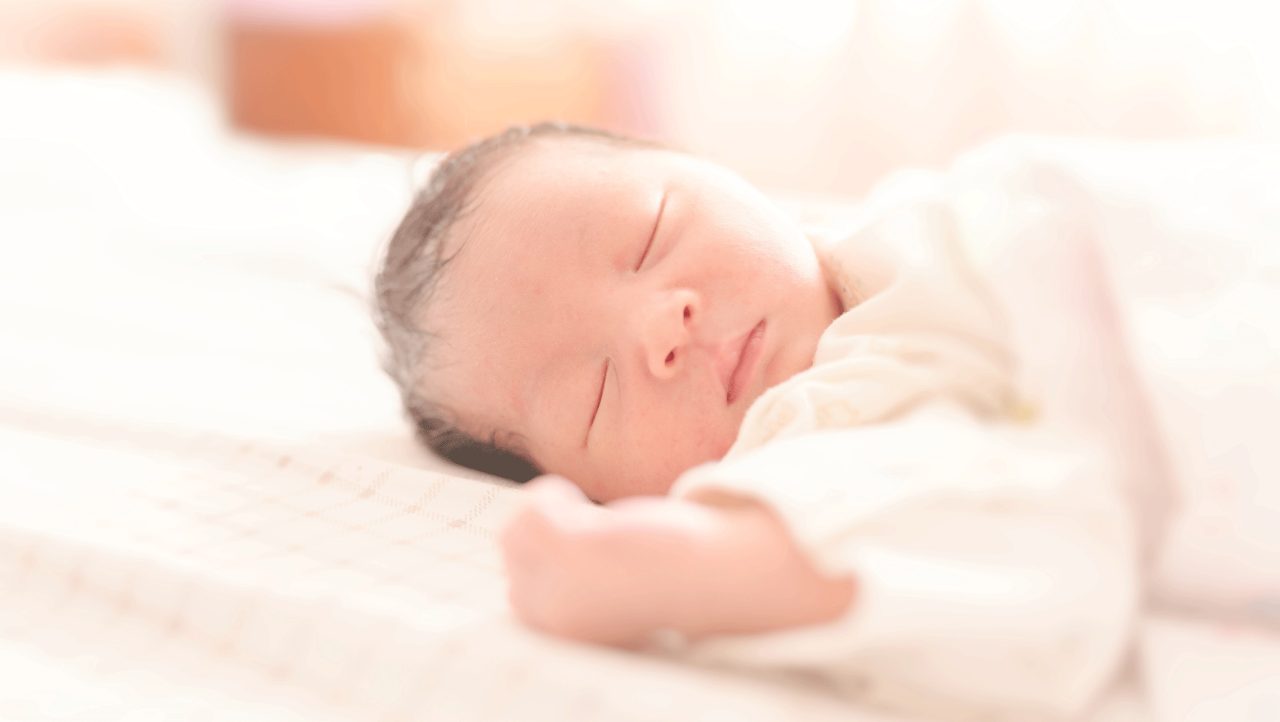What Is Sudden Infant Death Syndrome?

Every year babies die while sleeping. Always putting your child to sleep on her back will help prevent your infant from sudden infant death syndrome.
What is sudden infant death syndrome (SIDS)?
What could be sadder than discovering that your healthy infant has died in her sleep? In some babies, parts of the brain that control breathing and waking up from sleep fail to function. About 1,400 babies died of sudden infant death syndrome, also called cot death or crib death, in the United States in 2017 — the latest figures available. Another 900 died from accidental suffocation or strangulation in bed, and about 1,300 infant deaths that year remain mysterious but are not classified as SIDS.
The scary truth is that you can’t see this problem coming. Your baby will seem healthy when you put her down, and often you’ll find her in the same position.
This means it’s important to understand the risk factors for SIDS and to steer clear of any risks you can control.
YOU MIGHT ALSO LIKE: Our Guide for First-Time Moms
Risk factors for sudden infant death syndrome
Low-birth weight babies are more likely to die from SIDS. They may have been born prematurely or in a multiple birth. The peak ages for sudden infant death syndrome are the second through the fourth month, when a baby’s brain may still need to develop control of breathing.
A recent cold may block the airways and might make breathing problems more dangerous.
Boys and babies who live with smokers are in more danger.
Mothers who smoked, drank alcohol, or abused other drugs while pregnant or got too little prenatal care are more likely to lose their baby to sudden infant death syndrome.
What you can you do
In 2016, the American Academy of Pediatrics published recommendations.
Newborns should lie skin-to-skin with their mother for at least the first hour. After that, babies should lie on their backs in a bassinet and later a crib. It is harder for a baby to breathe lying on her side or stomach.
Premature babies may lie on their stomach in the intensive care unit, but they should be placed on their backs and learn to sleep that way before they go home.
If your baby rolls onto her tummy from her back, you don’t have to move her, as long as you know she can roll back on her own, and there are no items in the crib. If you place a baby to sleep on her side, she could roll onto her tummy and be unable to roll back.
Supervised awake tummy time will help your child develop the ability to roll over.
Tell any sitters or family who care for your child to always place her on her back at night or for napping — even if she’s upset and the stomach position is calming.
Put your baby to sleep on a firm mattress designed for babies. Waterbeds and soft mattresses are dangerous for babies. Make sure the mattress doesn’t indent when the baby is in it. On the other hand, there is no research to back products advertised to reduce crib death, according to the American Academy of Pediatrics.
Never put a baby to sleep on a couch, sofa, or armchair.
Stick to a fitted sheet, and make sure nothing else is on the surface of the mattress. Lying face down on a fluffy comforter increases the risk of breathing problems. This is true even for babies four months or older. Keep pillows and fluffy toys out of the crib.
Sleep in the same room as your infant for at least the first six months. You are more likely to notice problems if you are nearby. Don’t rely on baby monitors.
Ideally, you’ll share a room for a year.
Let your child have her own crib or bassinet. Sharing a bed with parents, siblings, or pets raises your child’s risk.
You can bring your infant into your bed to feed or comfort her. If you might fall asleep, make sure no items in the bed could overheat your baby or cover her face, head, or neck. When you wake up, move her back to her own bed.
Breastfeed, if possible, for at least six months. If there’s a chance you’ll fall asleep while feeding, don’t sit on the sofa or in a chair with your child on your breast. Take your baby with you to bed. However, if you have been drinking alcohol or taken any medicines or drugs that might make you unable to wake up, do not bring a baby in the bed with you. This is especially important if he is younger than four months are has any of the risk factors like low birth weight.
Make sure the room isn’t too warm. Avoid covers, putting your baby into a sleep sack. Do not cover his head.
Offer pacifiers at nap time and bed time. The pacifier should not have a strap or string. Don’t push the issue if your baby doesn’t grab onto the pacifier. And don’t pop a pacifier back in if it falls out of her mouth.
Immunize your baby. Evidence suggests that vaccines cut the risk of SIDS by half.
Updated:
May 01, 2020
Reviewed By:
Janet O'Dell, RN